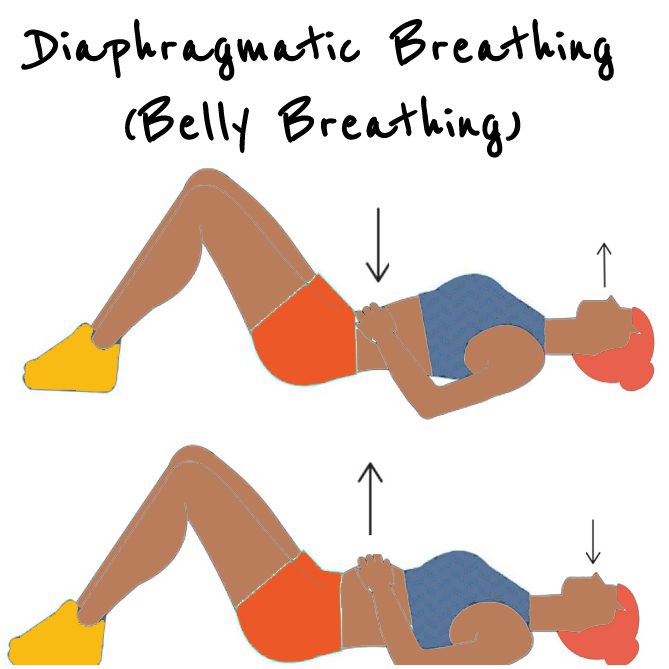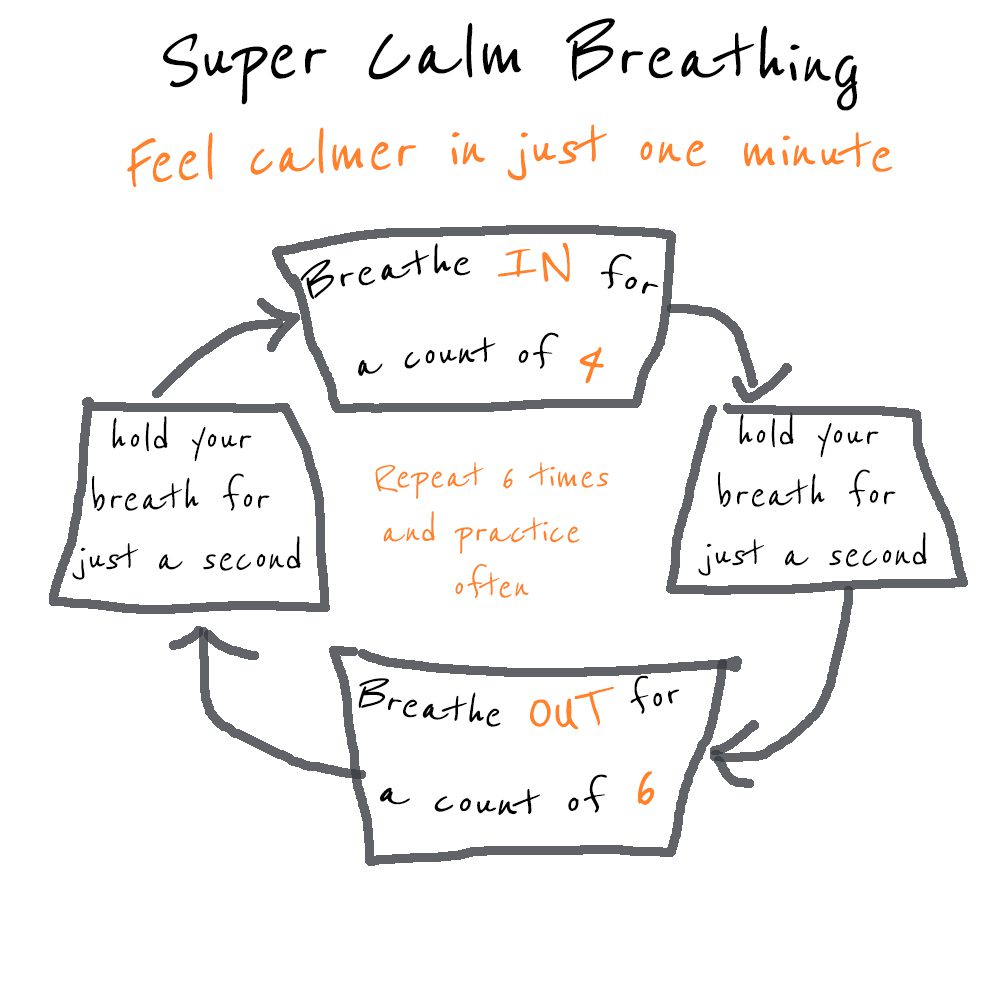How to use breathing techniques to reduce anxiety
Anxiety is a common mental health condition that can be very debilitating. It can make it difficult to focus, increase heart rate, and lead to panic attacks. While there are many ways to manage anxiety, one approach that is often overlooked is breathing techniques.
Breathing techniques are an effective way to manage anxiety and activate the body’s relaxation response. When anxious, the body goes into fight-or-flight mode, increasing heart rate, blood pressure, and respiration rate. Physical symptoms such as rapid heart rate, sweating, and trembling can be reduced by slowing down breathing. Breathing techniques can also calm the mind and increase mental clarity, and regular practice can improve overall well-being by reducing stress levels and promoting relaxation.

Benefits of Breathing Techniques for Anxiety
Reduced physical symptoms: By slowing down our breathing, we can reduce physical anxiety symptoms, such as rapid heart rate, sweating, and trembling.
Increased mental clarity: When we’re anxious, our thoughts can become jumbled, and focusing can be challenging. Breathing techniques can help to calm the mind and increase mental clarity.
Improved overall well-being: Practising breathing techniques regularly can improve well-being by reducing stress levels and promoting relaxation.
Breathing Techniques for Reducing Anxiety
1. Diaphragmatic Breathing
This technique is all about taking deep breaths from your belly rather than shallow breaths from your chest. It’s a great way to slow your breathing and activate your body’s relaxation response. So find a comfortable position, place one hand on your chest and the other on your belly, and take a slow, deep breath in through your nose. Feel your belly rise as you inhale and exhale slowly through your nose, feeling your belly fall. Keep doing this for a few minutes and notice how relaxed you feel.

2. Box Breathing
This technique is super simple and can be done anywhere, anytime. It involves breathing in for a count of four, holding your breath for a count of four, exhaling for a count of four, and then holding your breath for a count of four before repeating the cycle. It’s a great way to slow down your breathing and calm your mind

3. Super Calm Breathing
This one is all about exhaling for longer than you inhale, so start with breathing in for a count of 4, holding for a moment, then slowly breathe out for a count of 6. This technique can help you to release tension and promote relaxation throughout your entire body.

4. Alternate Nostril Breathing (Nadi Shodhana Breathing)
This technique can help to balance your nervous system and calm your mind. To do alternate nostril breathing, sit comfortably with your spine straight and close your right nostril with your right thumb. Inhale through your left nostril for a count of four, then close your left nostril with your right index finger and hold your breath for a count of four. Release your right thumb and exhale through your right nostril for a count of four. Inhale through your right nostril for a count of four, then close your right nostril with your right thumb and hold your breath for a count of four. Release your left index finger and exhale through your left nostril for a count of four. Repeat this cycle for several rounds.

Breathing techniques are a simple and effective way to manage anxiety. By slowing down our breathing and promoting relaxation, we can reduce physical symptoms, increase mental clarity, and improve our overall well-being. If you’re struggling with anxiety, try incorporating these techniques into your daily routine and see how they can help you feel calmer and more centred. The key is to find the technique that works best for you and to practice it regularly so that it becomes a habit. Then, with some practice, you’ll be able to manage your stress levels and feel more centred even in the most challenging situations.
Call, whatsapp, Text or email me:
07305 918162
gaynor@positivehypno.com
